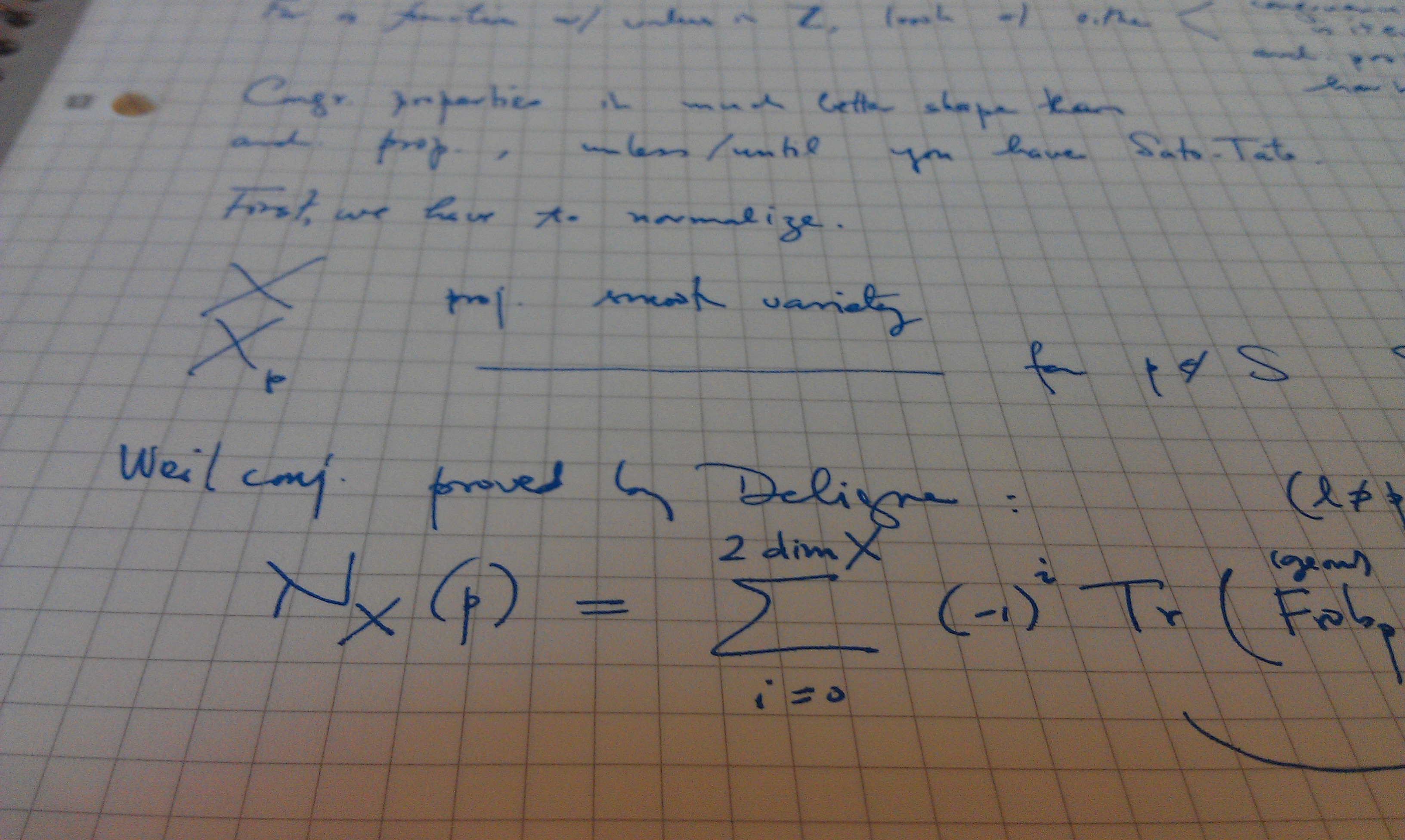A mathematical model for crystal growth by aggregation of precursor metastable nanoparticles
Publication Date
2005
Journal or Book Title
JOURNAL OF PHYSICAL CHEMISTRY B
Abstract
A mathematical model is developed to describe aggregative crystal growth, including oriented aggregation, from evolving pre-existing primary nanoparticles with composition and structure that are different from that of the final crystalline aggregate. The basic assumptions of the model are based on the ideas introduced in an earlier published report [Buyanov and Krivoruchko, Kinet. Katal. 1976, 17, 666−675] to describe the growth of low-solubility metal hydroxides (e.g., iron oxides) by oriented aggregation. It is assumed that primary particles can be described as pseudo-species A, B, and C, which have the following properties: (1) fresh primary particles (colloidally stable inert nanoparticles, denoted as A), (2) mature primary particles (partially transformed nanoparticles at an optimum stage of development for attachment to a growing crystal, denoted as B), and (3) nucleated primary particles (denoted as C1). The evolution of primary particles, A → B → C1, is treated as two first-order consecutive reactions. Crystal growth via crystal−crystal aggregation (Ci + ) is described using the Smoluchowski equation. The new element of this model is the inclusion of an additional crystal growth mechanism via the addition of primary particles (B) to crystals (Ci): (B + ). Two distinct, but constant, kernels (K ≠ K‘) are used. It is shown that, when K‘ = 0, a steplike crystal size distribution (CSD) is obtained. Within a range of K‘/K values (e.g., K‘/K = 103), CSD with multiple peaks are obtained. Comparison with predictions of models that do not include the intermediate stage of primary particles (B) indicates pronounced differences. Despite its simplicity, the model is able to capture the qualitative features of CSD evolution that have been obtained from crystal growth experiments in hematite, which is a system that is believed to undergo oriented aggregation.
Pages
23879-23887
Volume
109
Issue
50
Recommended Citation
Drews, TO; Katsoulakis, MA; and Tsapatsis, M, "A mathematical model for crystal growth by aggregation of precursor metastable nanoparticles" (2005). JOURNAL OF PHYSICAL CHEMISTRY B. 452.
Retrieved from https://scholarworks.umass.edu/math_faculty_pubs/452

Comments
The published version is located at http://pubs.acs.org/doi/abs/10.1021/jp0537299